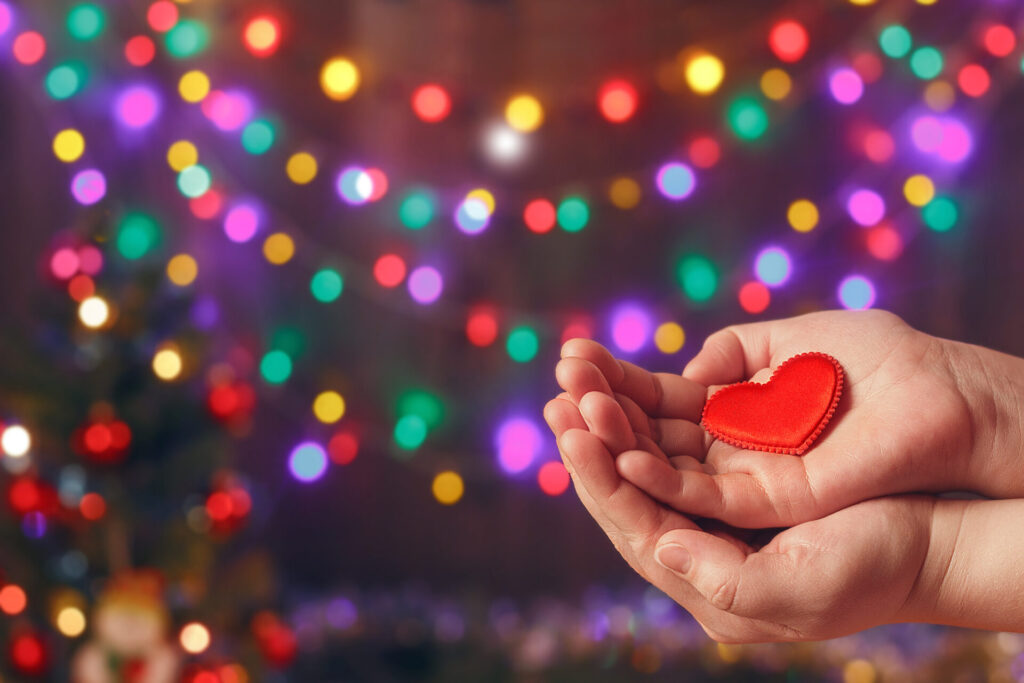Margaret Galbraith’s four-year-old son hated washing his hair. Full-on meltdowns would ensue. She tried so many different ways of washing it, hoping to ease his discomfort, but nothing worked. It was exhausting to them both.
One night, her husband remembered their son enjoyed whale music in his preschool yoga class.
He turned on the bath water, cradled his son’s head, and began describing the relaxing feeling of floating in water. He prompted his son to imagine the whale music.
It worked. And Margaret’s family was onto something.
Mindfulness is a buzzword with merit to its acclaim. Research in Canada and the U.S. suggests children who learn mindfulness meditation skills can invoke key words, phrases and images to calm themselves, instead of door-slamming, screaming and rolling on the floor.
Mindfulness, simply put, is, “paying attention to what’s happening right now with kindness and curiosity,” says Dr. Lee Freedman, a psychiatrist at Toronto’s Centre for Mindfulness Studies.
She has seen children with especially poor impulse control, such as those diagnosed with ADHD, learn to curb volatile reactions by feeling their breaths. That moment of quiet gives pause to more rational thoughts and less reactivity.
These skills develop over time before they can be useful in specific upsetting moments, says Dr. Freedman. Talking about mindfulness techniques in a calm setting can set the stage for the child to use those skills before a tantrum erupts.
Parents first
Start inside your wrist. “Check your own pulse,” says Dr. Freedman. A child’s tantrum upsets our own nervous systems so it is important to ground yourself, mindfully. At three to five years old, children’s brains don’t process words when they are feeling upset. They instead read faces, hear tone of voice and interpret body posture.
Let your child watch you take a few deep breaths, slow down your movements, and return to a calm state. If all else fails, at least you brought yourself some harmony amidst a challenging parenting moment.
Sit quietly
Sherry Leblanc, a longtime yoga teacher, works with children to capitalize on their natural penchant for living in the moment mindfully. It’s harnessing all their energy that is difficult, she said.
“I challenge them to see if they can sit quietly for 30 counts, then 45 counts, up to a minute,” she says. She teaches them to sit and breathe in quiet.
In time, she says this practice teaches kids to recognize when they are beginning to feel upset and take a break to calm themselves before returning to an activity.
At home, parents can remove noisy distractions and devices, set up a quiet space for children to practise sitting, and listen to their breathing together.
Breath work
Showing a preschool-aged child to breathe mindfully need not be serious work.
Dr. Freedman suggests blowing bubbles, drawing attention to long, slow exhales. This accesses the nervous system’s calm-down response.
She also recommends pairing deep breathing with a physical movement, like holding a yoga pose.
The power of the pause
Leah Dilley, a registered massage therapist and author of What’s Your Spaghetti? A Children’s Guide to Self-Regulation, offers parents ways to help children navigate big feelings with simple tips:
- Start in a calm moment by explaining what different feelings look and feel like. Discuss how they might handle difficult emotions like anger, fear and envy.
- When those feelings begin to surface, acknowledge the feeling.
- Tie deep breathing to a movement: Sitting crosslegged with arms crossed, tells the brain to begin calming down.
- On the floor with legs outstretched, reach for toes to open up calf muscles. Dilley says this initiates a relaxation response.
- Don’t forget the power of touch: Hugs feel good and help brain development.
You can also use simple exercises to give children a memorable action to recall and initiate when they are beginning to feel upset. Dr. Freedman suggests teaching this exercise in a calm moment for use later:
- Have your child lie down and place a toy on his or her belly.
- Show them how to raise and lower the toy with deep inhales and exhales, to familiarize them with the sensation.
Originally published in ParentsCanada magazine, November/December 2015. Photo iStockphoto.










